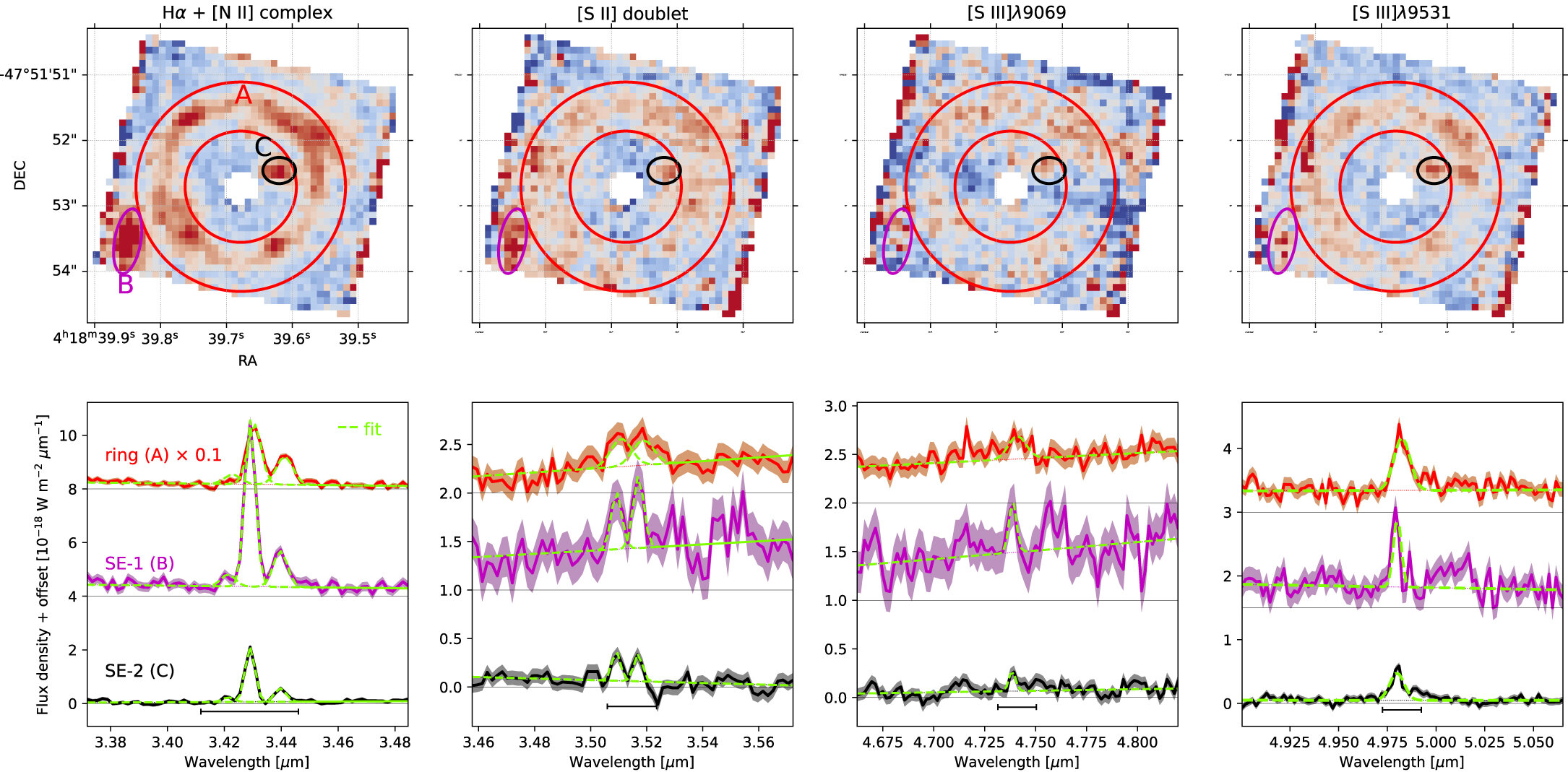
While analyzing data from the first images of a well-known early galaxy taken by NASA’s James Webb Space...
Read More

While analyzing data from the first images of a well-known early galaxy taken by NASA’s James Webb Space...
Read More
Spiral galaxy NGC 253. The core reveals violent star formation within a region 1, 000 light-years across. A starburst galaxy has an exceptionally high rate of star birth, first identified by its excess of infrared radiation from warm dust. Credit: Carnegie Institution of Washington.Credit: Jay Gallagher (University of Wisconsin-Madison), Alan Watson (Lowell Observatory, Flagstaff, AZ) and NASA/ESA/HST.
Astronomers have used a radio telescope in outback Western Australia to see the halo of a nearby starburst galaxy in unprecedented detail. A starburst galaxy is a galaxy experiencing a period of intense star formation and this one, NGC 253 or the Sculptor Galaxy, is ~11.5 million light-years from Earth.
“The Sculptor Galaxy is currently forming stars at a rate of 5 solar masses each year, wh...
Read More
Starburst galaxy named MCG+07-33-027. The bright object to the right of the galaxy is a foreground star in our own galaxy.
This image was taken by Hubble’s Advanced Camera for Surveys (ACS) and shows a starburst galaxy named MCG+07-33-027. This galaxy lies some 300 million light-years away from us, and is currently experiencing an extraordinarily high rate of star formation – a starburst. Normal galaxies produce only a couple of new stars per year, but starburst galaxies can produce a 100X more than that. As MCG+07-33-027 is seen face-on, the galaxy’s spiral arms and the bright star-forming regions within them are clearly visible and easy for astronomers to study.
In order to form newborn stars, the parent galaxy has to hold a large reservoir of gas, which is slowly depleted to spawn sta...
Read More
Blue, green, and red colors are attributed to the B-band, R-band, and H-alpha (emission line from ionized hydrogen gas) images, respectively. The giant ionized gas blown out from the galaxy is seen in red. Credit: Hiroshima University / NAOJ
Astronomers have revealed the detailed structure of a massive 300,000 light-yr long ionized gas outflow streaming from starburst galaxy NGC 6240. The light-collecting power and high spatial resolution of Subaru Telescope made it possible to study, for the first time, the complex structure of one of the largest known superwinds being driven by starbirth – and star death.
The term “starburst” indicates large-scale intensive star-forming activity, making a “starburst galaxy” one where starbirth is occurring on a grand scale...
Read More
Recent Comments